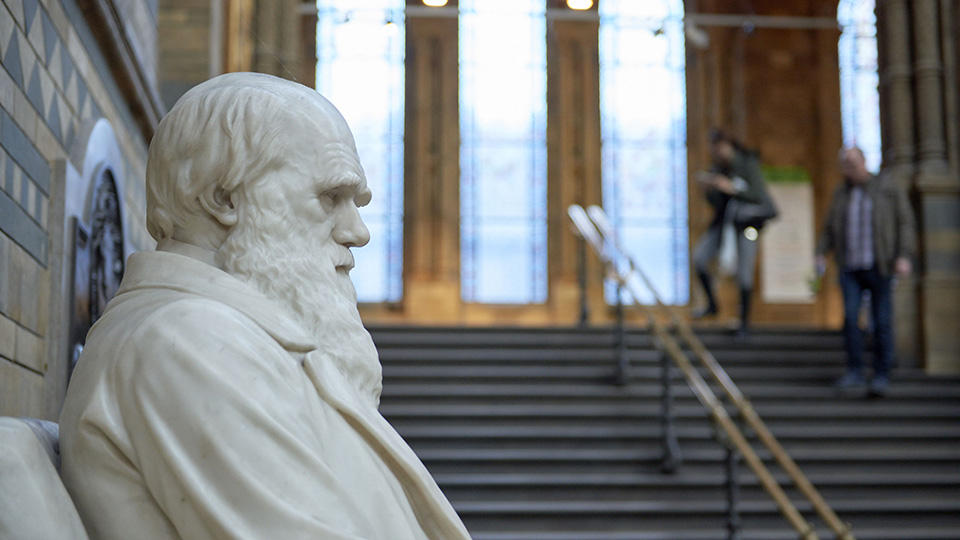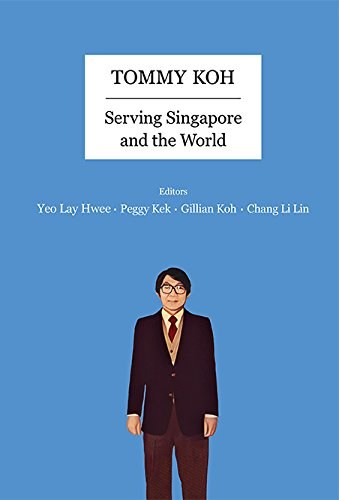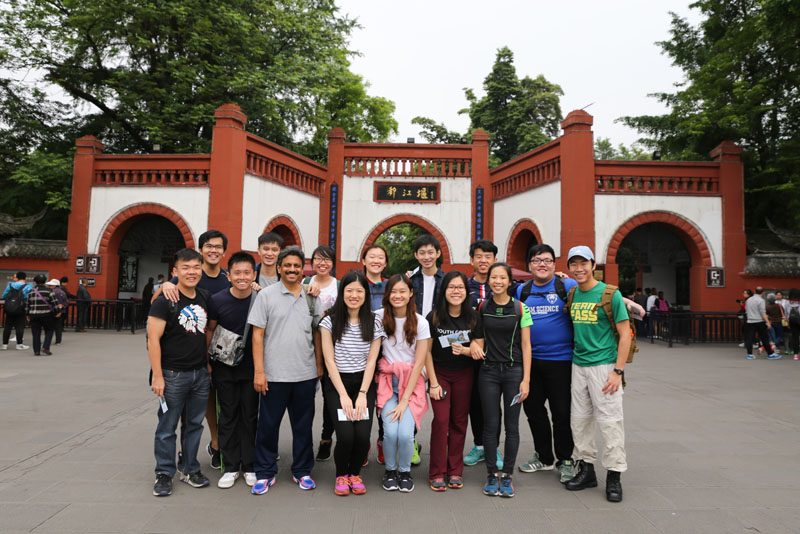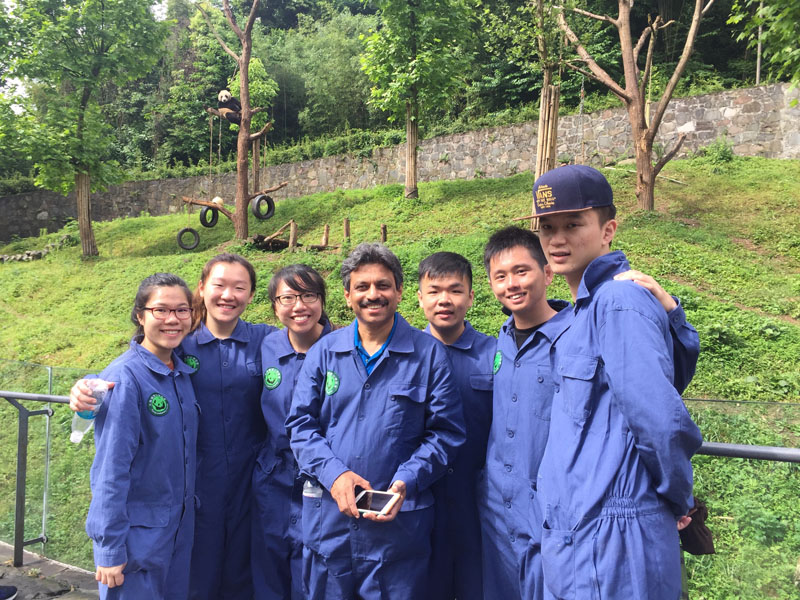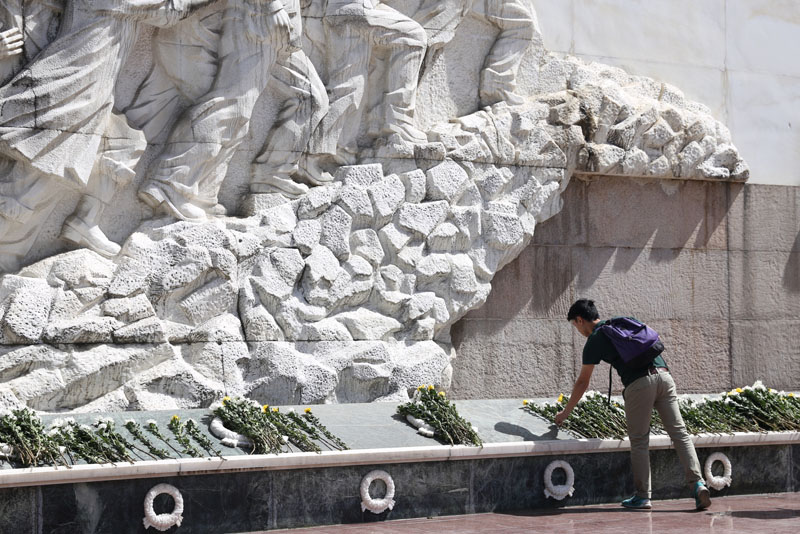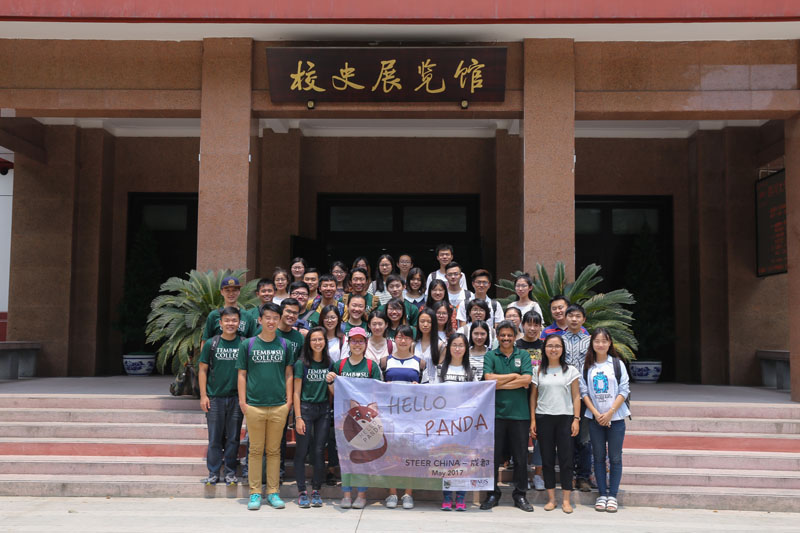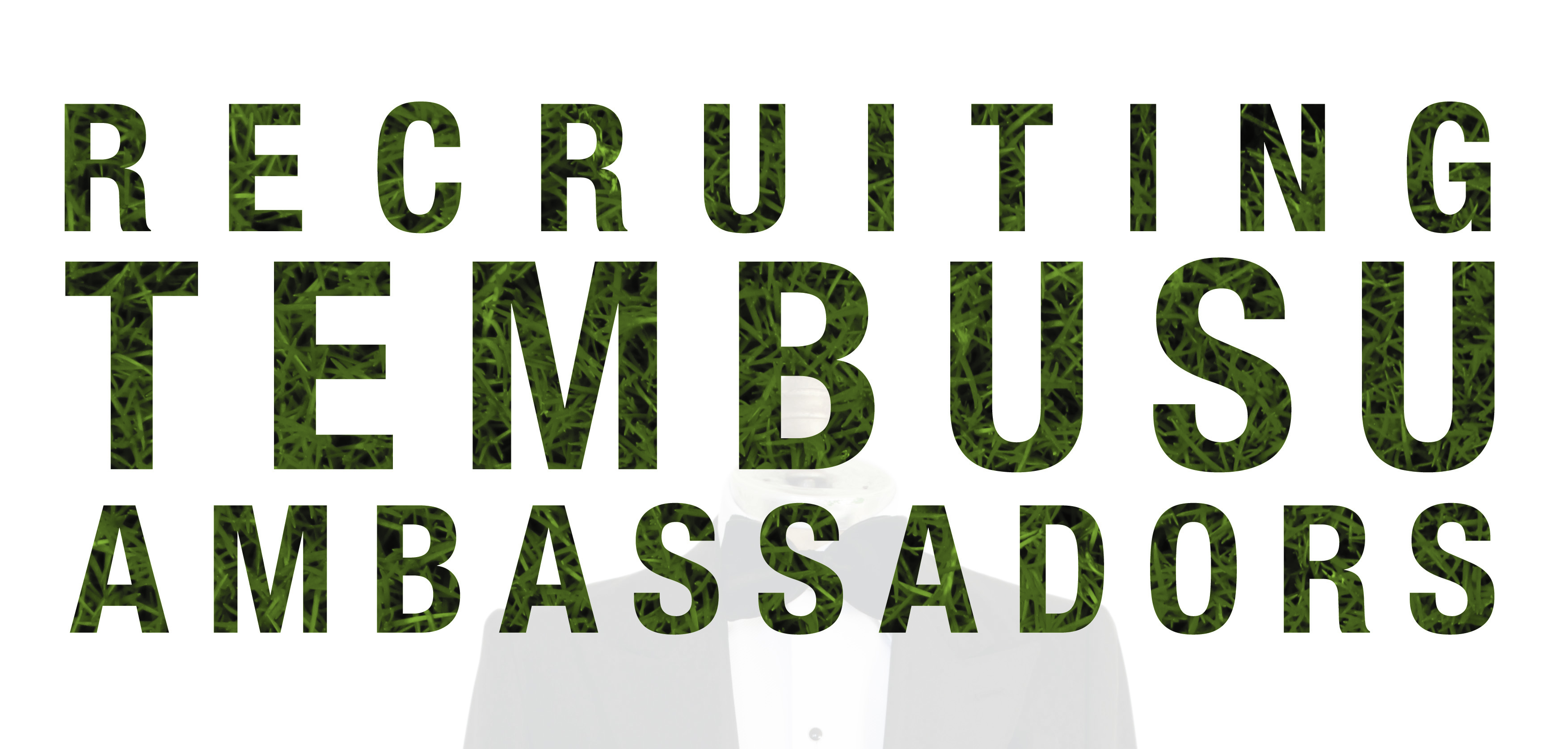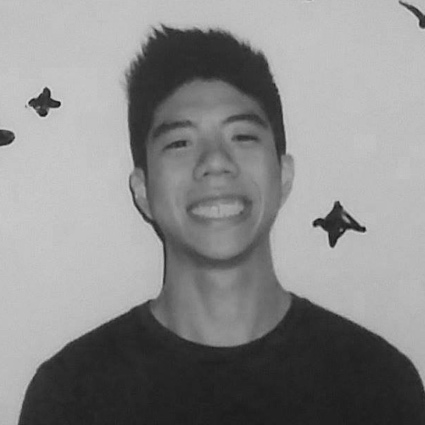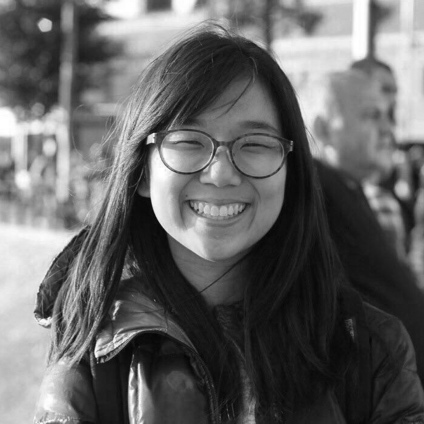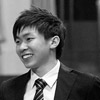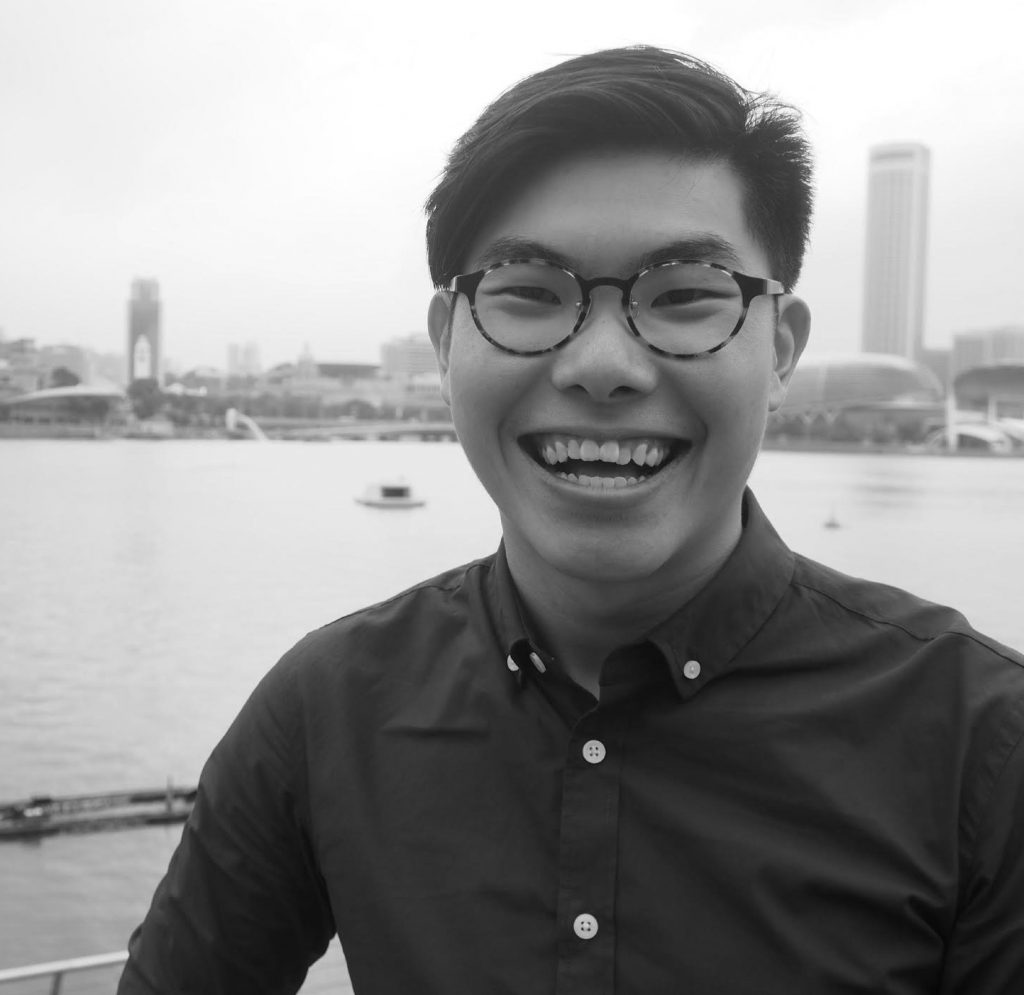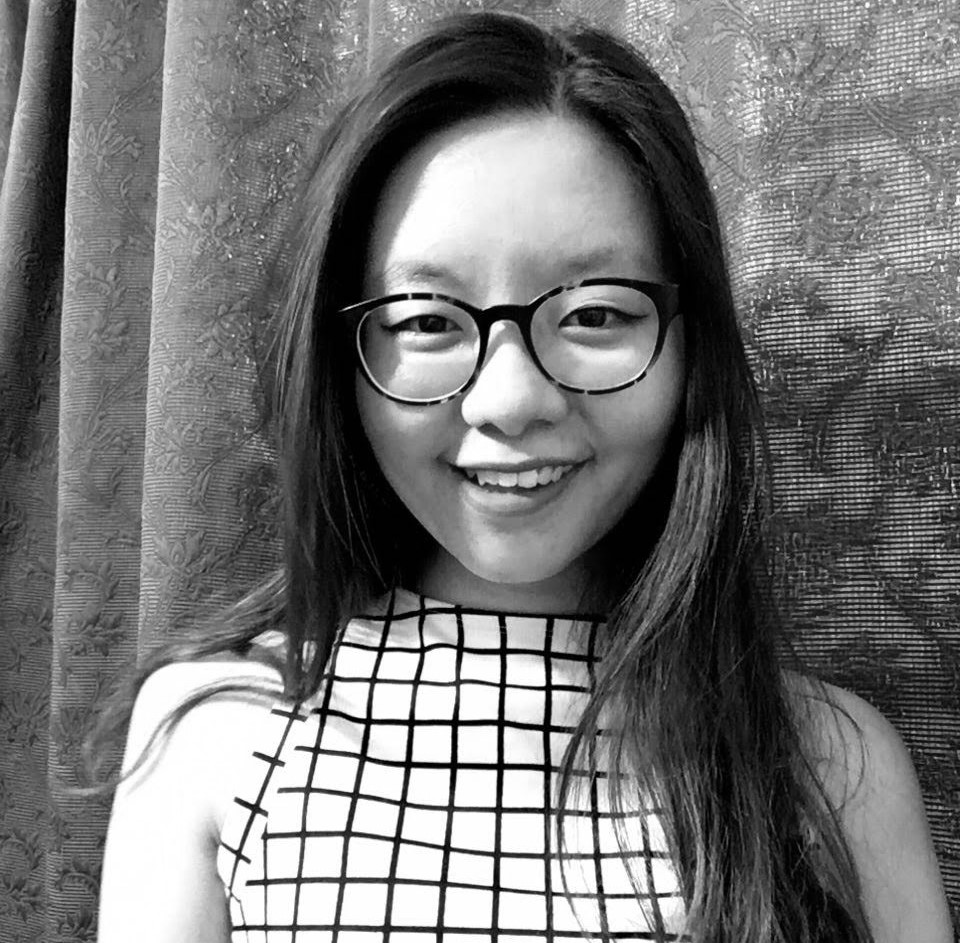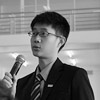We live in a very troubled world. There are conflicts and disputes between and among states in every region of the world. One category of disputes which is hard to resolve is disputes between states over their land and sea boundaries. The recent tension between China and India is a reminder that their land boundaries have not yet been resolved. In the South China Sea, there are disputes between China and several ASEAN countries on their competing sovereignty and maritime claims.
Breakthrough In Copenhagen
Viewed against this background, the announcement by the Conciliation Commission, in Copenhagen, on 1st September 2017, that there had been a breakthrough in the conciliation proceedings on maritime boundaries between Timor-Leste and Australia, was happy news. I wish to explain in this column, the facts of the case, the nature of the conciliation proceedings, the elements of the package deal agreed upon by the two parties and some lessons learnt.
Peaceful Settlement Of Disputes
There is a lot of confusion in the media and in the minds of the public about the peaceful settlement of disputes. The UN Charter refers to the following modalities for the peaceful settlement of disputes: negotiation, fact finding, mediation, conciliation, arbitration and judicial settlement. When a country becomes a party of the UN Convention on the Law of the Sea (UNCLOS), it can make a declaration that its preferred mode of dispute settlement is arbitration or the International Court of Justice or the International Tribunal for the Law of the Sea. If it fails to make a choice, it is deemed to have chosen arbitration. Dispute settlement under UNCLOS is compulsory. This is why Malaysia was able to institute arbitral proceedings against Singapore, in 2003, without our consent. Malaysia did not need Singapore’s consent because our consent was given when we became a party of the convention.
Background of the Case
Australia and Timor-Leste are neighbouring states, separated by the Timor Sea, at a distance of approximately 300 nautical miles. Timor-Leste (East Timor) was a Portuguese colony from the 16th century until 1975. On the 28th of November 1975, a political party, Fretilin, declared the territory’s independence. Nine days later, it was invaded and occupied by Indonesia. In 1976, Indonesia declared East Timor as its 27th province. In 1999, the people of East Timor voted overwhelmingly for independence. From 1999 to 2002, it was administered by the UN Transitional Administration in East Timor (UNTAET). It became independent on the 20th of May 2002.
Main Issues In the Dispute
There are several issues in the dispute between Timor-Leste and Australia. The first main issue concerns boundaries: the boundaries of the two countries’ Exclusive Economic Zones (EEZ) and their Continental Shelves. Timor-Leste had, from 2003, requested Australia to negotiate those boundaries but to no avail. The second main issue concerns the development arrangements in a field called Greater Sunrise which, in Timor-Leste’s view, belonged to Timor-Leste and not Australia.
Compulsory Conciliation
Dispute settlement under UNCLOS is compulsory. States can make a declaration to exclude from UNCLOS arbitral or judicial proceedings certain categories of disputes, including maritime boundary disputes. However, these disputes are subject to compulsory conciliation. On the 22nd of March 2002, about two months before Timor-Leste became independent, Australia made a declaration, excluding from UNCLOS arbitral and judicial proceedings, disputes concerning its EEZ boundaries and Continental Shelf boundaries. Timor-Leste is therefore unable to initiate arbitral or judicial proceedings against Australia on their sea boundaries.
On the 11th of April 2016, Timor-Leste surprised Australia by notifying Canberra that it was initiating compulsory conciliation proceedings against Australia. Timor-Leste also informed Australia that it was appointing Judge Abdul Koroma and Judge Rüdiger Wolfrum as its conciliators. On 2 May 2016, Australia informed Timor-Leste that it had appointed Dr Rosalie Balkin and Professor Donald McRae as its conciliators. The four conciliators, with the consent of the two countries, chose Ambassador Peter Taksøe-Jensen as the commission’s fifth conciliator and chairman.
Australia objected to the commission’s competence. In response, the commission held a special hearing on competence from the 29th to 31st of August 2016. On the 19th of September 2016, the commission decided unanimously that it had competence. It also decided that it would aim to conclude its work 12 months from the 19th of September 2016, as prescribed by Article 7 of Annex V of UNCLOS.
Nature Of Conciliation Commission
This is the first occasion on which Annex V of UNCLOS has been invoked. It may therefore be useful for us to find out more about conciliation under UNCLOS. My first point is that under UNCLOS, we have voluntary conciliation and compulsory conciliation. My second point is that the conciliation commission is not a court of law. It is not the commission’s job to rule on the legal rights of the two parties. The function of the Commission is to “hear the parties, examine their claims and objectives, and make proposals to the parties with a view to reaching an amicable settlement.”
Package Deal
At their meeting in Copenhagen, on 30th of August 2017, the two parties accepted a package deal proposed by the Commission. The package agreement addresses their maritime boundary in the Timor Sea; the legal status of the Greater Sunrise gas field; the establishment of a special regime for Greater Sunrise; the development of the oil and gas resource and the sharing of the resulting revenue.
It is the intention of the commission and the two parties to embody the agreement in a legally binding treaty. The two parties will meet at the Hague, in October, to sign an agreement on the text of the treaty. The treaty itself will be signed subsequently, possibly at the UN and witnessed by the Secretary-General, Antonio Guterres.
Lessons Learnt
What lessons can we learn from this case? There are several. First, countries which have disputes about their sea boundaries or have competing claims about territorial sovereignty, should seriously consider using conciliation to solve their disputes. Unlike arbitration and judicial settlement, conciliation is non-adversarial and the outcome is consensual and win-win.
Second, you should choose your conciliators wisely. In this case, we have five excellent conciliators. The chairman of the commission, Ambassador Peter Taksoe-Jensen, drove the process with energy, determination and fairness. The UNCLOS deadline for the commission to produce a report within 12 months helped to put the pressure on everyone.
Third, the two countries were very well represented. Timor-Leste’s Chief Negotiator is Xanana Gusmao, the father of the nation. Their agent, Minister Agio Pereira, is cool, wise and solid. Their legal team includes two top legal minds, Professor Vaughan Lowe and Sir Michael Wood. The same is true on the Australian side. Gary Quinlan, the Deputy Secretary of the Department of Foreign Affairs and Trade, made an important contribution. Sir Daniel Bethlehem and Professor Chester Brown are a good match for Vaughan Lowe and Michael Wood.
Finally, and perhaps, the most important factor, is that there was the political will on both sides to find a just and durable compromise. Both sides were willing to give and take. Without the requisite political will, the case would not have succeeded. We must congratulate the Governments of Timor- Leste and Australia for setting a good example for the world.


